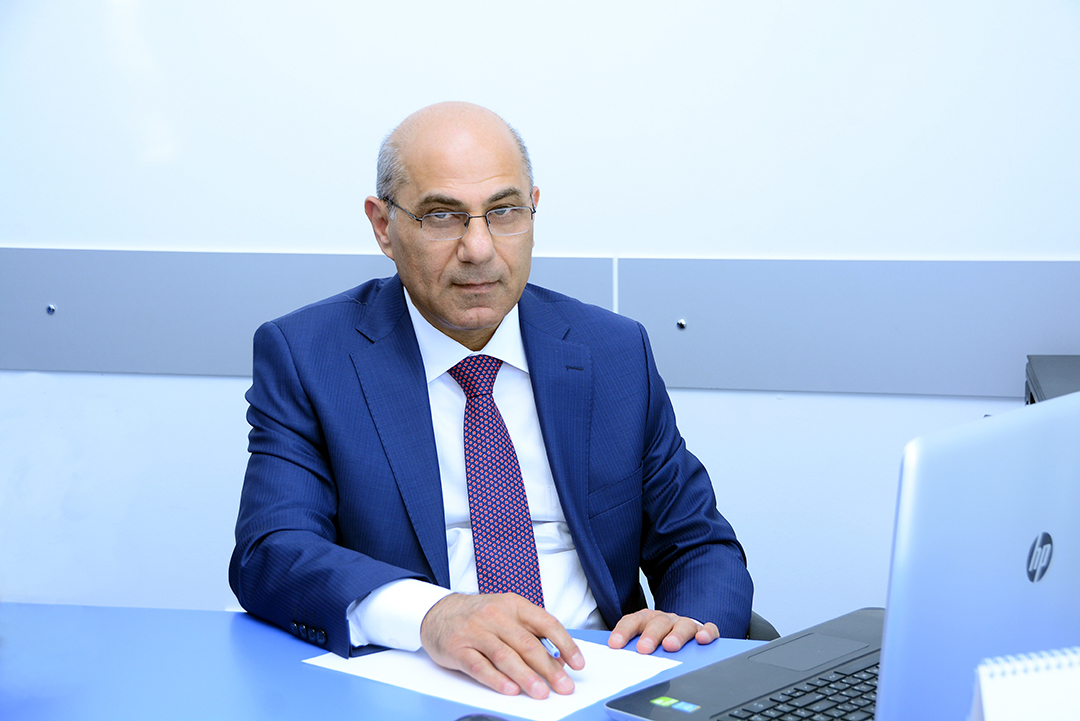NEWS
Scientists used headphones to unlock the phone

Headphones are now a ubiquitous accessory. They allow you not to miss on the way to work or while running, listen to audio books and talk with other people without leaning the phone to your ear. But it turns out that this miracle of technology can be used for a completely unexpected purpose.
A team of scientists from the University of Buffalo has created a biometric tool that uses modified wireless headphones to authenticate smartphone users through the unique geometry of their ear canal. The team created a prototype biometric system that included a pair of in-ear headphones and a tiny microphone. Scientists also developed methods for processing acoustic signals to limit noise interference and mathematical models for the exchange of information between EarEcho components.
EarEcho works quite simply. Each of us has a unique geometry of the ear canal, and it is almost impossible to change it. This means that for each person, sound propagates differently, reflected and absorbed by the walls of the outer ear. Therefore, it is possible to send a signal into the auditory opening and catch the sound reflected from the walls. This sound will be a unique biometric signature of the owner, by which you can not only unlock the phone, but also make payments, for example.
Having created the device, a team of scientists decided to test it in practice. For this, the researchers collected 20 subjects who listened to small audio recordings, including various speech, music and other materials. The team conducted tests in various conditions (on the street, in a shopping center and so on) and in different positions of the body (sitting, standing, bowing its head and so on). It turned out that if EarEcho was given to listen to the response signal for one second, its recognition probability was 95 percent. An increase in time of up to three seconds showed a correct identification by 97.5 percent.
Theoretically, users could rely on EarEcho to unlock their smartphones, thereby reducing the need for access codes, fingerprints, face recognition and other biometric data. But the authors of the development believe that the biggest potential application of the device is continuous monitoring of the smartphone user. According to scientists, EarEcho can be useful for making payments, as well as for re-entering access codes and biometric indicators if the phone accidentally locks up or leaves the desired application.






